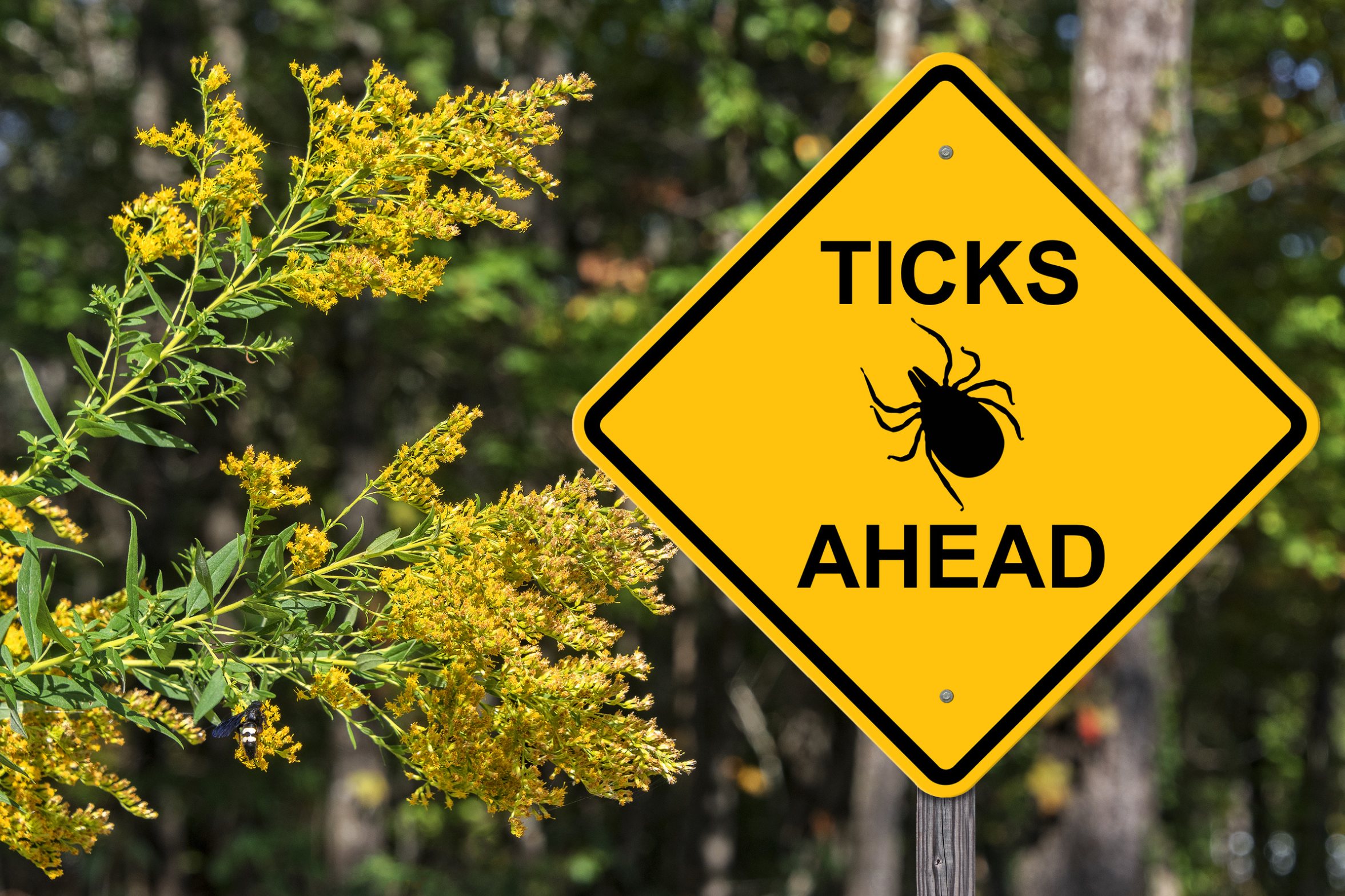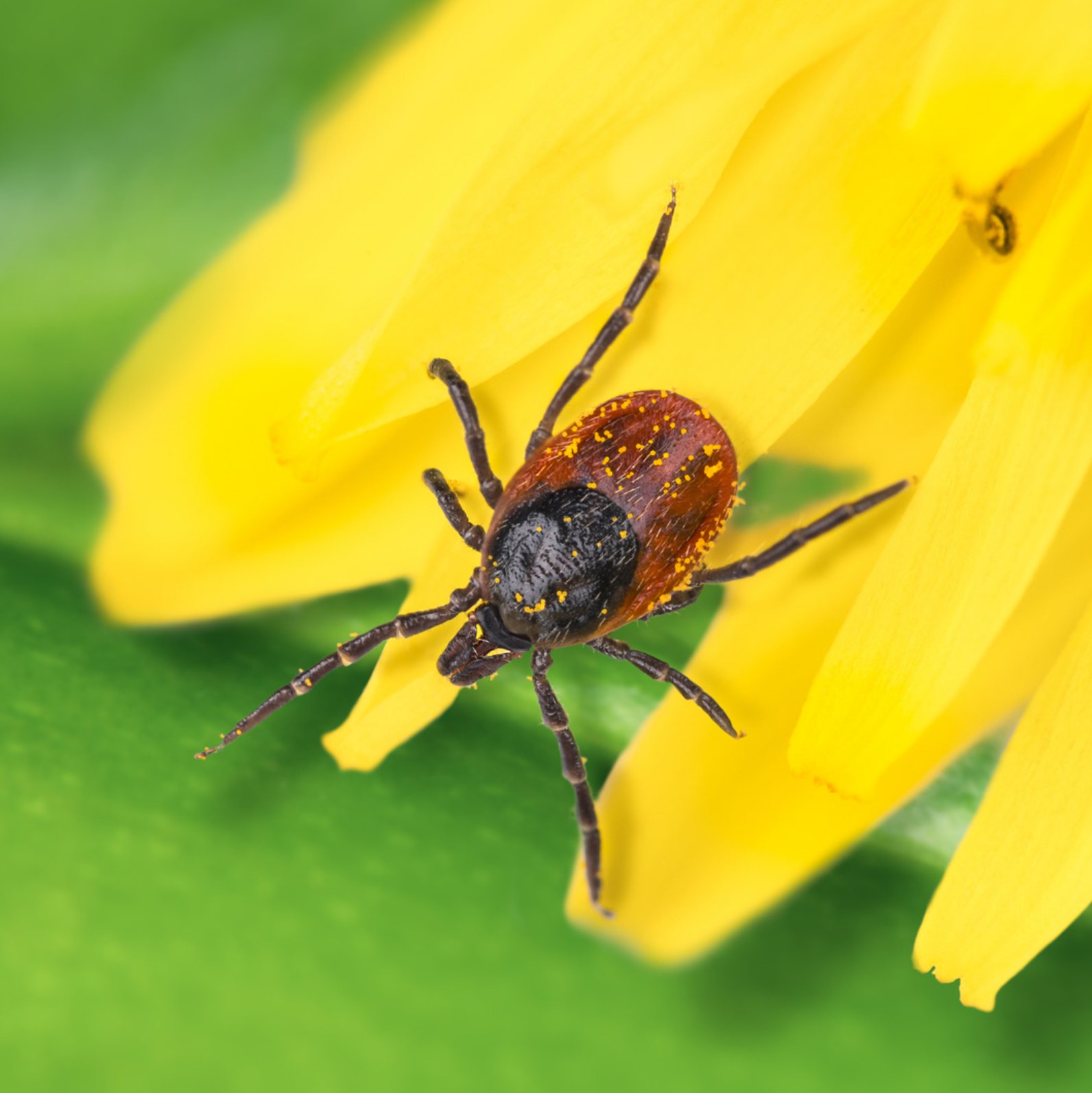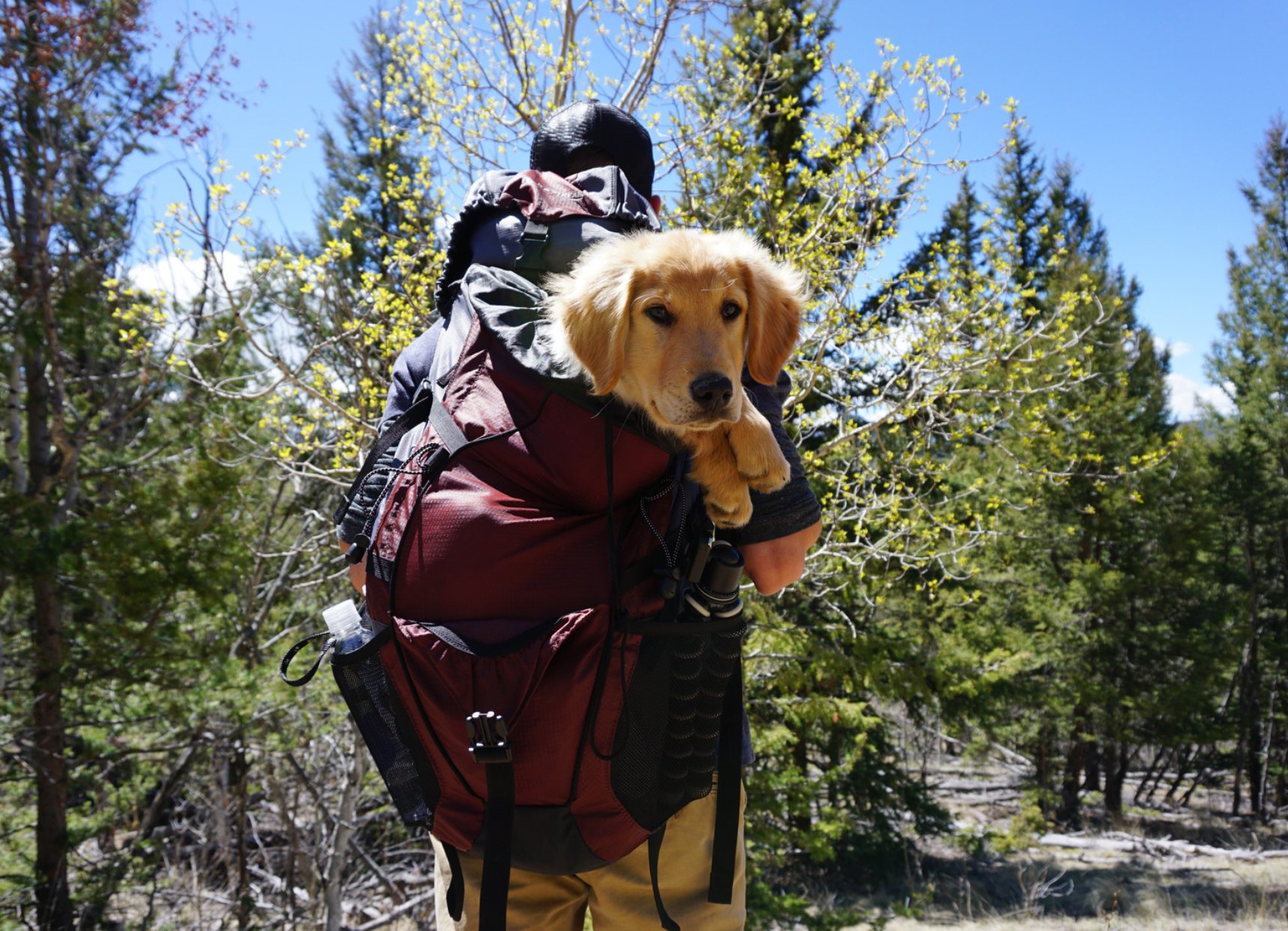Introduction
Nobody likes uninvited guests, especially when they cling on for a blood meal! While ticks may not be the most charming of nature’s creations, avoiding their bites is essential for keeping you and your loved ones healthy. Let’s explore some top-notch strategies for keeping these pesky parasites at bay and what to do if one manages to latch on.

Prevention Tips
Preventing tick bites is easier than you might think, and a little effort goes a long way. Dress like you mean it – light-colored clothes help you spot ticks before they find skin. Tuck your pants into your socks, and your shirt into your pants (fashionable, right?). Use EPA-approved tick repellents on skin and clothing, and treat gear and pets, because ticks hitch rides on them too.
Venturing into the great outdoors? Stay on marked trails and avoid walking through bushy, grassy areas. At home, keep your lawn short and playground equipment, decks, and patios away from yard edges and trees.
Tick Checks
After any outdoor activity, place your clothes in a hot dryer for 20 minutes and do a tick check. This means scanning your entire body, clothing, gear, and pets for ticks. Pay special attention to underarms, in and around ears, inside belly button, back of knees, in and around all head and body hair, between legs, and around the waist.
Safe Removal of Ticks
Found a tick? Don’t panic! Grab a pair of fine-tipped tweezers (like the ones available at Bugbitething.com) and get ready for a tick-removal adventure. Here’s how:
- Use the tweezers to grasp the tick as close to the skin’s surface as possible.
- Pull upward with steady, even pressure. Don’t twist or jerk the tick; this can cause the mouth-parts to break off and remain in the skin.
- After removing the tick, clean the bite area and your hands with rubbing alcohol, or soap and water.
- Never dispose of a tick you have removed. Place it in a sealed bag/container, write your name, the date, where you think you got the tick and how long you think it was attached. This way you can have it tested (TickReport.com) if you start to show symptoms of illness.
Aftercare
Monitor the bite site for any signs of infection or rash, especially if you live in or have visited an area known for tick-borne diseases. If you develop a fever, rash, or fatigue in the weeks following a tick bite, consult a healthcare professional.
Conclusion
While the idea of tick prevention might seem daunting, incorporating these practices into your outdoor routines can significantly reduce your risk. Remember, the best defense against ticks is a good offense! Stay tuned for our next post, where we’ll dive into the specifics of tick-borne illnesses and what to do if you think you’ve been bitten.



